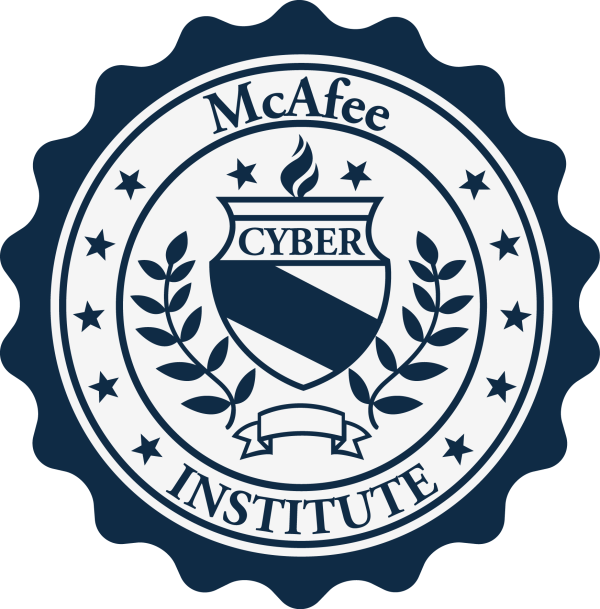In the last couple of decades a number of useful tools have been developed to support the intelligence process, encompassing the functions of data collection, evaluation, collation and integration. However, intelligence analysis remains highly dependent on the cognitive capabilities, specifically the critical thinking skills, of the human analyst. For this reason, it is important for the success of the process to understand the inherent capabilities and limitations of the analyst and, in particular, the challenges that must be overcome through the application of cognitive ergonomics to the design of analysis systems and in the training of critical thinking skills.
To better understand critical thinking and the efforts required to maximize its effectiveness, a model was developed that is sufficiently specific to enhance understanding and to permit empirical testing. The model identifies the role of critical thinking within the related fields of reasoning and judgment, which have been empirically studied since the 1950s and are better understood. It incorporates many ideas offered by leading thinkers in philosophy and education. It also embodies many of the variables discussed in the relevant literature (e.g., predisposing attitudes, experience, knowledge, and skills) and specifies the relationships among them. The model can, and has been, used to make testable predictions about the factors that influence critical thinking and about the associated psychological consequences. It also offers practical guidance to the development of training for critical thinking skills.
The model is based on the most recent versions of heuristic theory, the foundation of which is that two cognitive systems are used to make judgments. System 1, based on intuition, is a quick, automatic, implicit process that employs associational strengths to arrive at solutions automatically. System 2 is effortful, conscious, and deliberately controlled. The two systems run in parallel and work together, capitalizing on each other’s strengths and compensating for their weaknesses. For example, one function of System 2, the controlled deliberate process, is to monitor the products of the automatic process, making adjustments to correct or block the judgment of System 1. If no intuitive response is accessible, System 2 will be the primary processing system used to arrive at a judgment.
Technology can now be employed extensively by intelligence analysts to extract meaning from available information, to support the performance of a variety of analyses, and to aid in the communication of analytical results to the users of intelligence. The design of future systems to support the intelligence process can benefit from cognitive ergonomics, specifically from what we now know about the nature and role of critical thinking. Moreover, findings about specific critical thinking skills can support the development of training systems and methods that best meet analyst performance requirements.
Research and experience to date in training and applying intelligence analysis skills suggest that the principal challenges that affect critical thinking are human limitations. Humans are limited in their capabilities to address complexity, by the biases they bring to the process, by their difficulties in handling uncertainty and, often, by the lack of relevant domain expertise. These limitations must be overcome by appropriately designed training systems and methods.
Recent research has identified the 11 critical thinking skills that are most important for successful intelligence analysis. They are presented below as they relate to the principal intelligence function they serve.
*Assess and Integrate Information *
- Envision the end state of the analysis and use that vision to guide and limit the analysis to those tasks most likely to attain the desired goal, checking on the process and products to ensure movement along the right path.
- Assess and filter for relevance and validity, examining information for its potential contribution to the objectives of the analysis.
- Extract the essential message by sorting through the details of information to distinguish the essential from the non-essential, and by generating clear, concise statements summarizing the main points.
*Organize Information into Premises *
- Recognize patterns and relationships, establishing causes and effects vital to understanding situations, threats, processes and events during the development of premises in an argument.
- Challenge assumptions so as to avoid ideas that might be treated as facts but that are not supported by available evidence or might be related to biases that have been introduced by mind sets or expectations.
Develop Hypotheses
- Establish logical relationships by applying inductive logic to derive one or more hypotheses from the set of premises summarizing facts derived from available information.
- Consider alternative perspectives by setting aside personal inclinations, values, and expectations so as to develop explanations (hypotheses) that cover the full range of possibilities.
- Counter biases, expectations, mindsets, and oversimplification by developing the ability to recognize the possible effects of these influences and developing techniques to keep them from distorting the products of analysis.
Test Hypotheses
- Consider value-cost-risk tradeoffs in seeking additional information to employ available resources in a manner that will produce the greatest value for the resources expended and the time available.
- Seek disconfirming evidence during the testing of hypotheses when the more natural inclination is to seek confirming evidence.
- Assess the strength of logical relationships in a manner that provides a numerical probability estimate of the confidence one can have in the validity of hypotheses and inferences.



Post your comment on this topic.